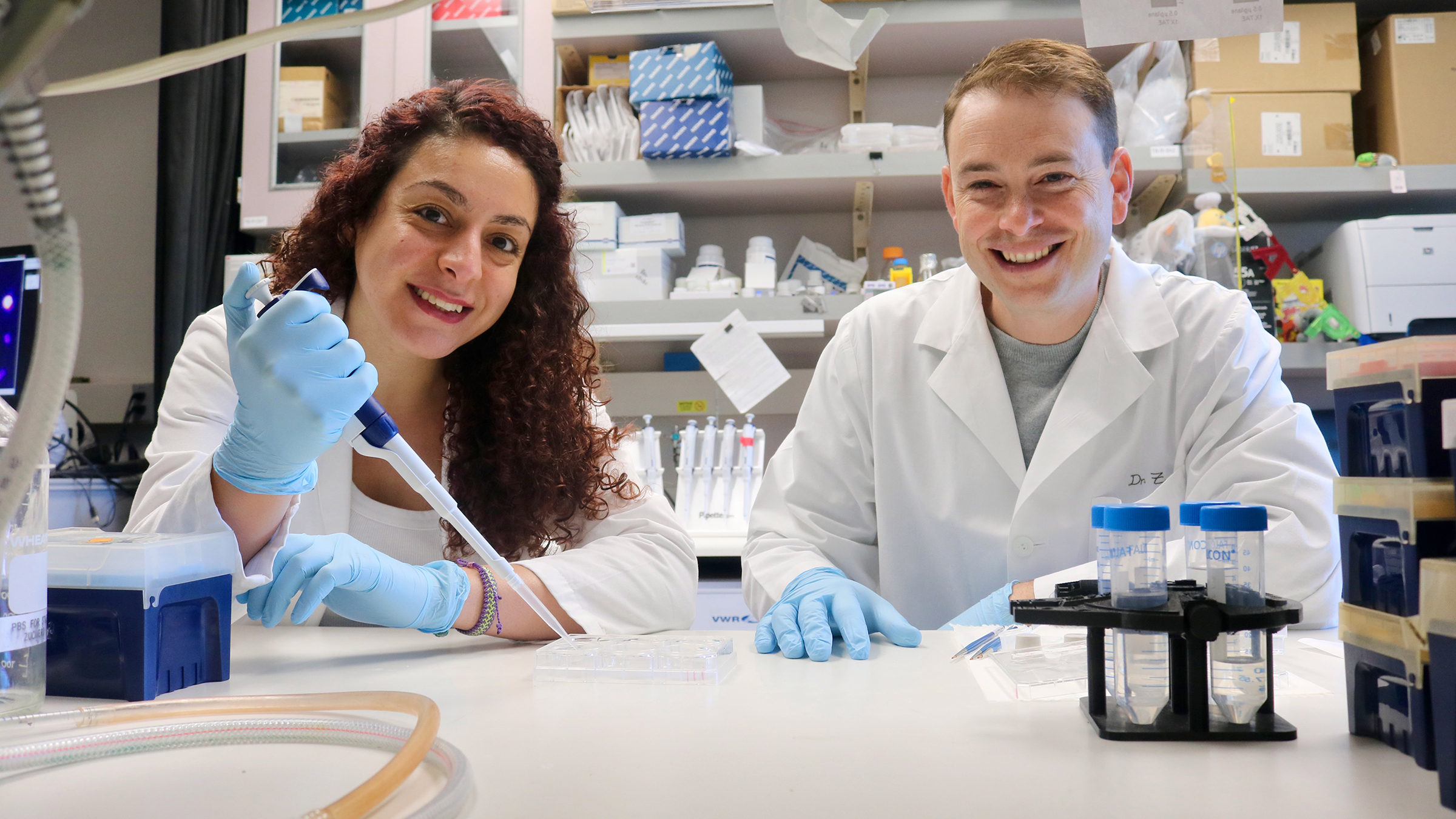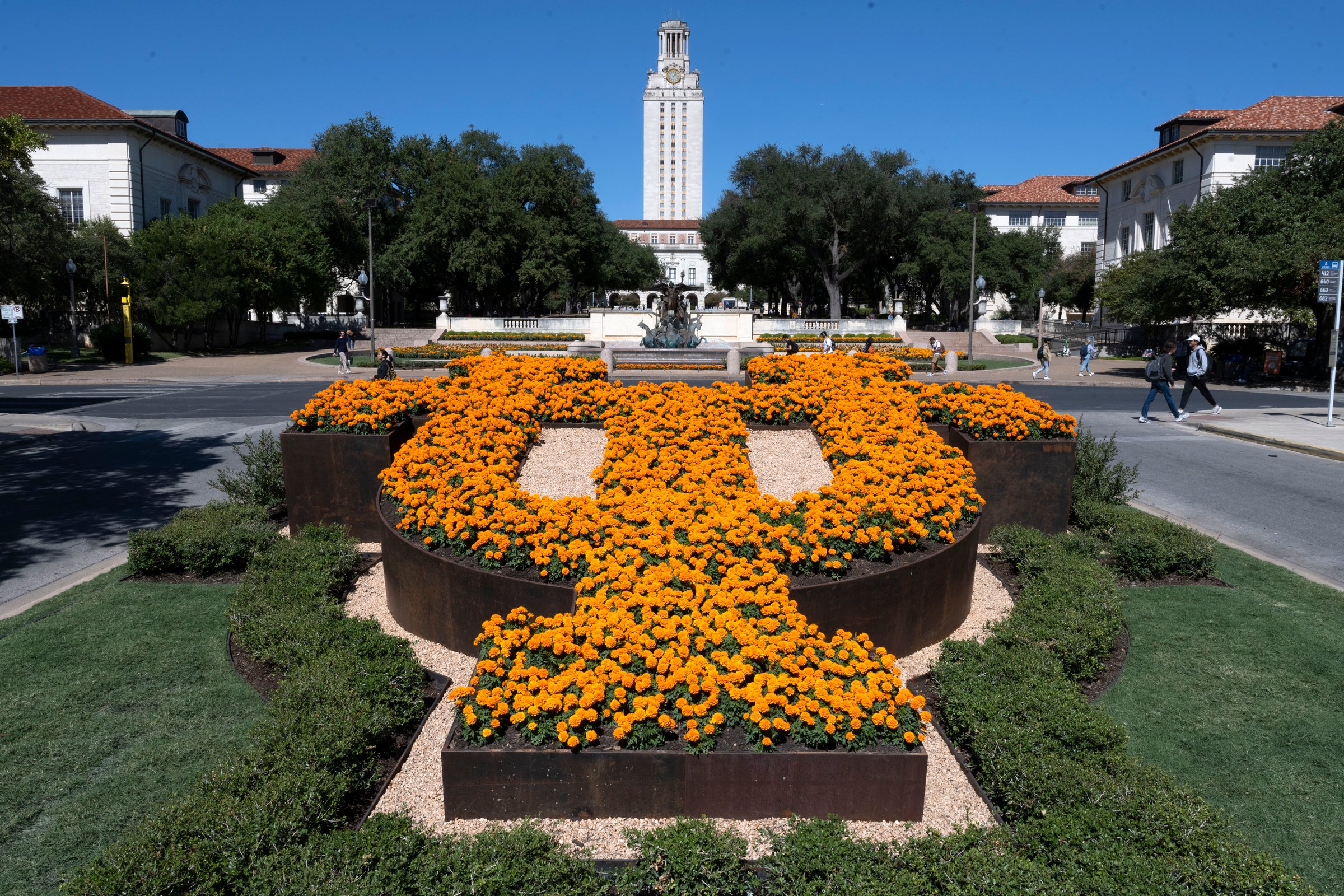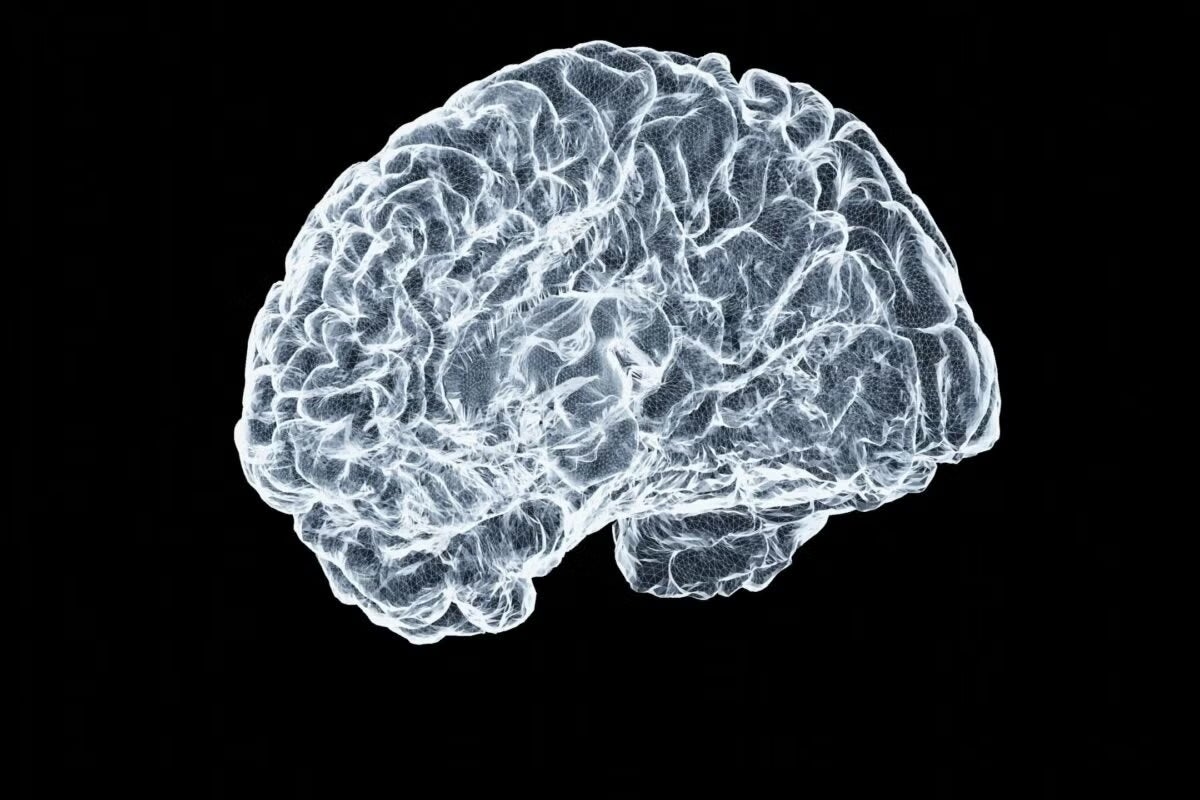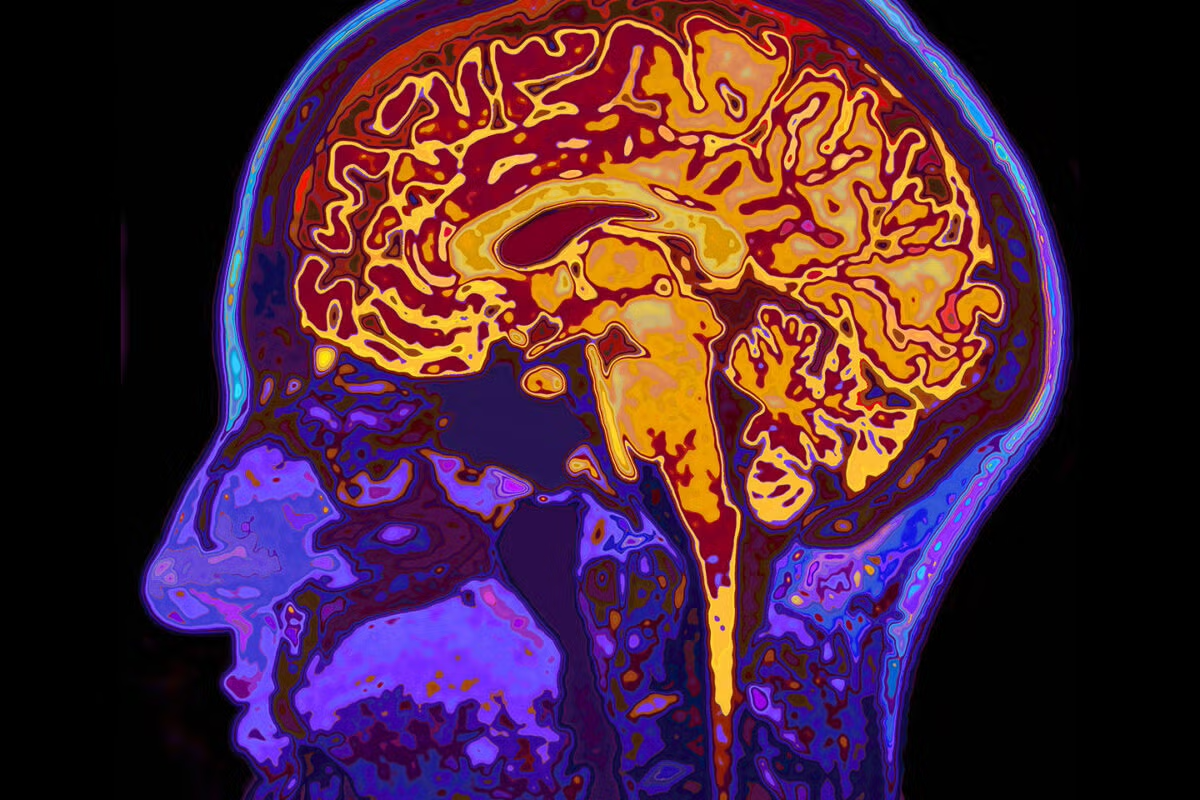Exciting News: Neurons Rely on Glial Cells to Become Electrically Excitable
Husniye Kantarci was part of a team that discovered the role of glial cells in controlling neural development, learning and numerous diseases.

Husniye Kantarci and Brad Zuchero (left to right) and their collaborators discovered that neurons require signaling from glia to become fully excitable.
Neurons are often referred to as electrically excitable cells, transmitting data to and from the brain through electrical impulses called action potentials.
In the field of neuroscience, it was a fundamental belief that these neurons were not only excitable, but that they become electrically excitable on their own. Now, that foundational belief is shifting, according to a new study from a team at Stanford Medicine and other institutions that includes Husniye Kantarci, who recently joined The University of Texas at Austin as an assistant professor of neuroscience.
Brad Zuchero, assistant professor of neurosurgery at Stanford, and his collaborators discovered that neurons require signaling from glia to become fully excitable, rather than by becoming excitable by default. Together with the lab of Justin Du Bois, Henry Dreyfus professor of chemistry at Stanford, Zuchero and colleagues published their findings as the cover story of this week’s issue of Cell.
Glia are non-neuronal cells that were long-thought to only provide passive support to neurons. However, over the last few decades, it has been increasingly found that glia play many active and essential roles in controlling neural development, learning and numerous diseases.
Zuchero and his collaborators made the surprising observation that, when they purified developing sensory neurons away from the glia, these neurons failed to fire action potentials like they normally would in vivo.
“This was a completely unexpected result,” said Zuchero. “The thinking in the field has always been that neurons are naturally excitable cells, but our findings suggested otherwise.”
Over several years of work, Zuchero and colleagues identified a signal released by Schwann cells, the most abundant glia in the peripheral nervous system, that is required for sensory neurons to become excitable during development of the nervous system.
“We established that Schwann cells secrete prostaglandin E2 (PGE2), which is critical for sensory neurons to express voltage-gated sodium channels, fire action potential trains, and support normal sensory functions,” Zuchero said. “Inactivating this signaling pathway in Schwann cells prevents sensory neurons from coming online during development, leading to profound defects in the ability to sense things like pain, temperature, touch and balance.”
Together, their studies uncovered that PGE2, which is known more for its role in inflammation of the body, has an unexpected neurodevelopmental role as well in enabling the maturation and development of normal sensory functions.

Neurons and glia. Credit: Carlos Aizenman/Neurodoodles
Zuchero’s lab focuses on the cell biology of glia in development and disease, especially how their dysfunction contributes to diseases like multiple sclerosis and Alzheimer’s disease. Their discovery helps provide answers to many fundamental questions that surround glia, much of which is still unknown. In particular, as dysregulated neuronal excitability is known to underpin diseases like chronic pain and epilepsy, these findings may lead to new treatments for these diseases.
Zuchero notes that their accomplishment would not be possible without the partnership of many mentors and collaborators. Zuchero began his career at Stanford in 2010 as a postdoctoral fellow, under the mentorship of the late Ben Barres, MD, PhD, an acclaimed Stanford neuroscientist. Barres revolutionized the neuroscience field by uncovering the crucial roles of glial cells in controlling the nervous system’s formation, function, and disease. Barres was also recognized as an outstanding and dedicated mentor of young scientists.
“When I was in the Barres lab as a postdoc, Ben provided constant support and encouragement to play in the lab and follow our ideas and interests,” Zuchero said. “This project started with a new technique I created—with Ben’s encouragement—for purifying sensory neurons away from glia. But the project really started taking off when Justin’s lab made the serendipitous discovery that the neurons I had purified were not electrically excitable in the absence of glia. Together, we were able to pin down the missing signal coming from glia as PGE2.”
After these early observations, the project entered a new phase when Zuchero started his lab in 2017.
“I was very lucky to be able to recruit Husniye Kantarci, to my brand-new lab as a postdoc,” Zuchero said. “Husniye’s remarkable creativity and perseverance enabled her to make a series of additional discoveries that revealed the importance of this new role of glia in vivo in the developing nervous system.”
Zuchero also noted that Barres’s dedication to mentorship has had a profound and sustained impact on his own commitment to mentor the next generation of scientists. “One of the most exciting outcomes is that Husniye was able to land herself a faculty position and launch the next chapter of this project in her own lab,” Zuchero said. Kantarci recently started her lab at UT.
“Through our teamwork, we’ve made a fundamental breakthrough,” Zuchero said. “I am hopeful that this is still just the beginning in determining all the roles glia play in brain function and dysfunction.”
Acknowledgements: Special thanks to support from Cell Press; Stanford Medicine; Stanford’s Wu Tsai Neurosciences Institute; Stanford ChEM-H; Stanford Chemistry Department; The McKnight Endowment Fund for Neuroscience; The Shurl and Kay Curci Foundation; Department of Neuroscience, University of Texas at Austin; and others.
Adapted from a press release by Kathryn Sill at Stanford Medicine.



